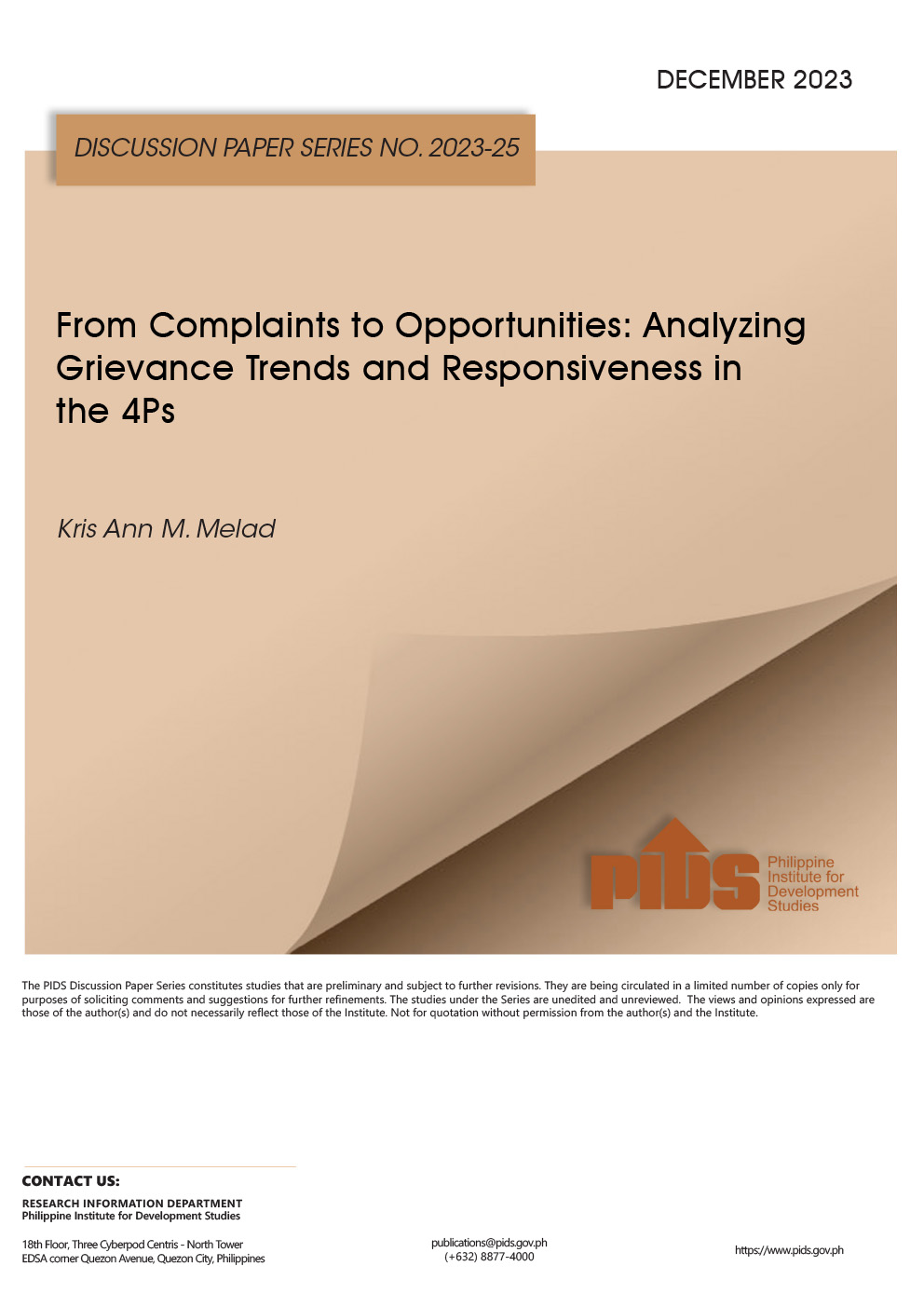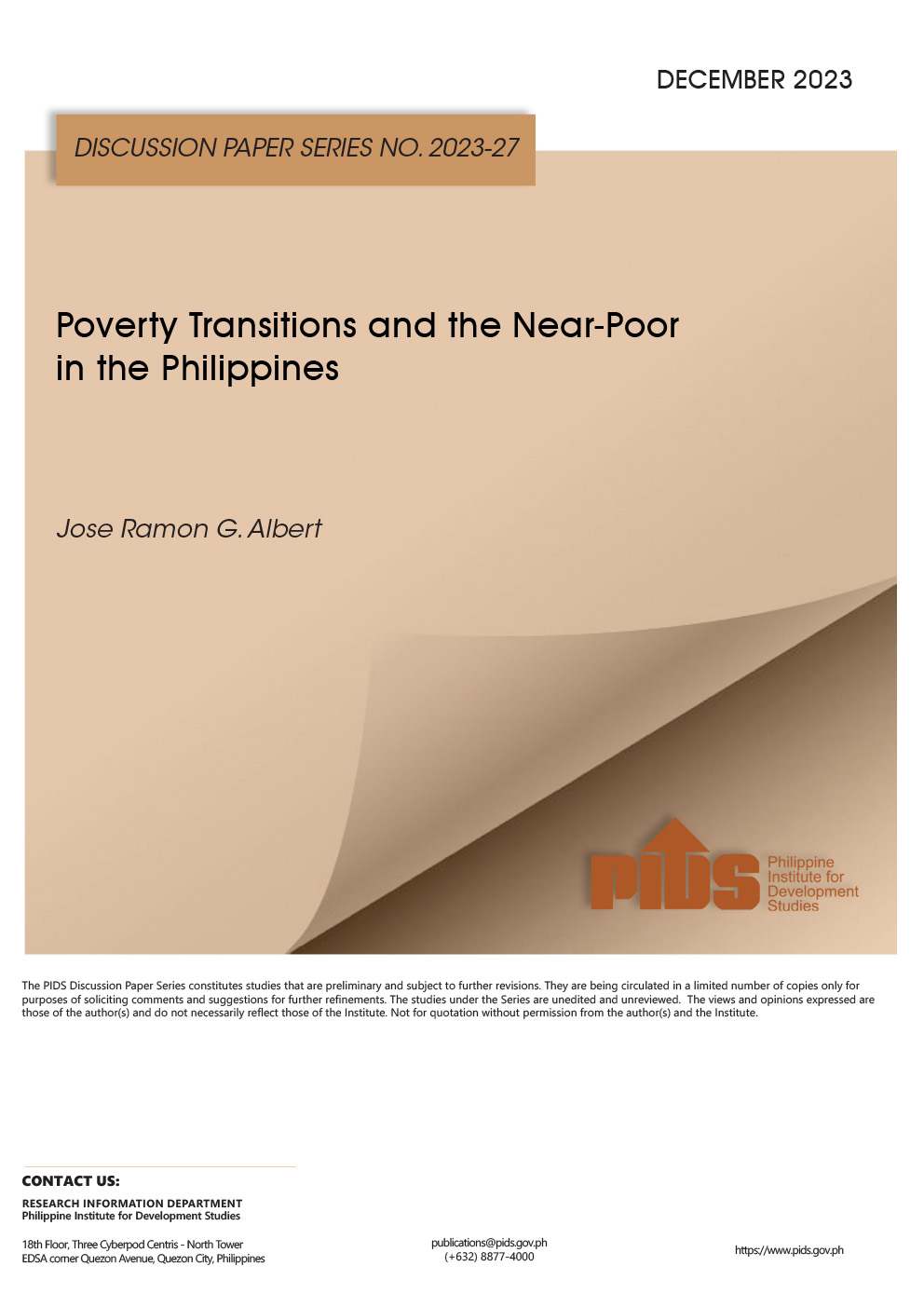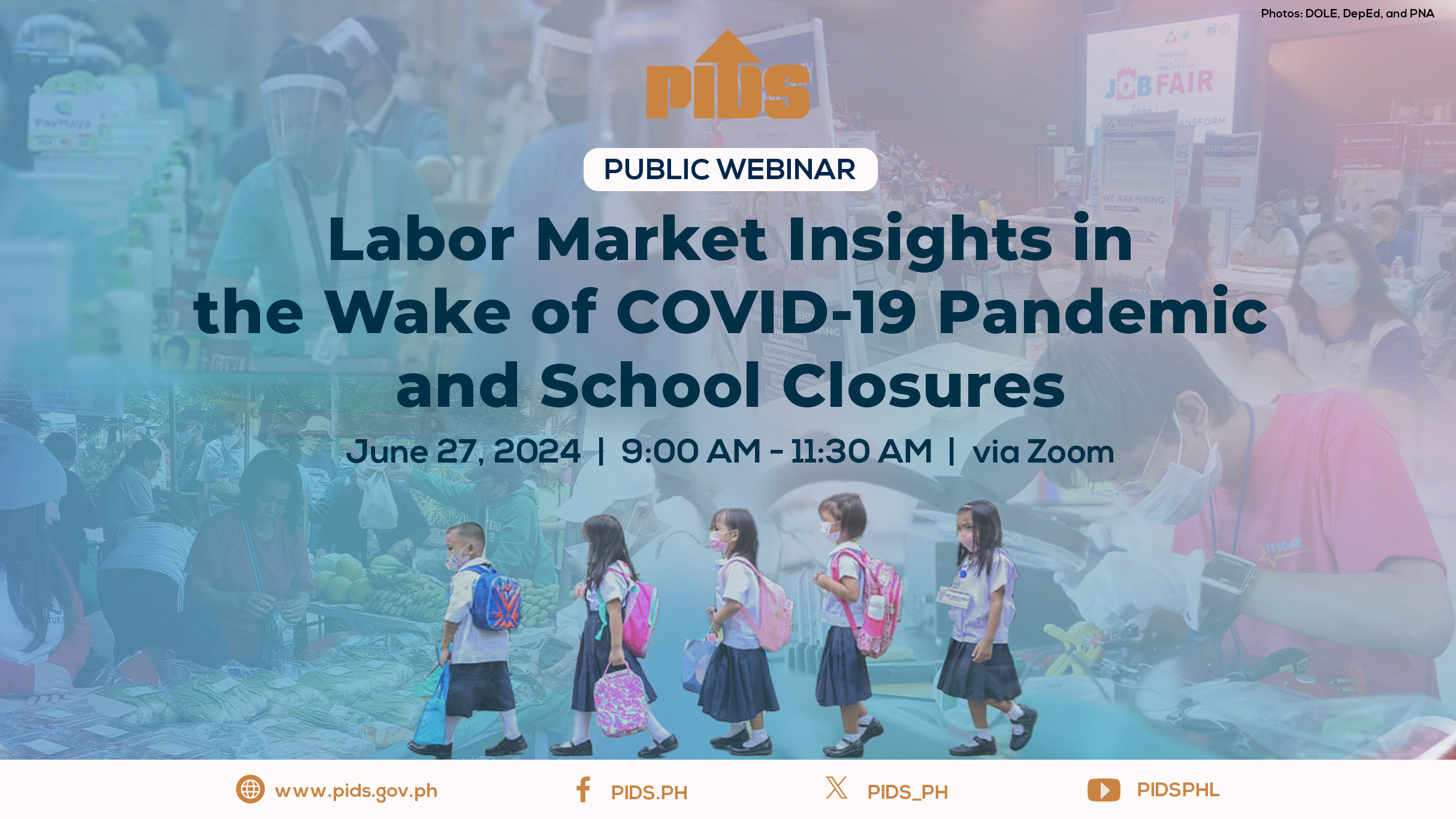MANILA, Philippines — More Filipinos may be dragged back to poverty by the pandemic next year, a scenario that senators quizzing economic managers on the 2021 budget calls for more government support.
By the Duterte administration’s estimates, between 15.5% and 17.5% of the population may be designated as poor next year, Acting Socioeconomic Planning Secretary Karl Kendrick Chua said on Thursday.
Poverty is measured every 3 years, and with the last survey conducted in 2018 showing a rate of 16.7%, the latest government projections indicated poverty incidence may worsen or at least slow the gains that became more pronounced in 2015.
“If we break the composition of poverty, we might see a temporary worsening of urban poverty where the pandemic and the COVID-19 has affected their livelihoods,” Chua told senators.
“The pandemic and quarantine measures largely affected the urban areas. We are fortunate to note that rural areas, where the pandemic is not threatening their livelihood,” he said.
The likelihood of the poverty rate inching up indicates not only the Duterte government potentially missing its 14% target by 2022, when a poverty reading will not be conducted, but also thousands of Filipinos getting pulled back below the poverty line with the economy poised to shrink as much as 6.6% this year.
Senators, doubtful of the economic managers’ optimism that a rebound is ahead next year, are calling for more funds for social support under the proposed P4.5-trillion 2021 national outlay. Senator Sherwin Gatchalian, for instance, questioned the 53% budget cut on the social welfare department.
“We all know DSWD is the vehicle that we use to fight poverty and hunger. It was cut from P366 to P172 billion. So why is there a drastic cut, if we saw that poverty will worsen?” said Gatchalian.
Chua responded, indicating that with the economy now back in the open, there is less need for costly temporary assistance such as the P205-billion social amelioration program, which, as it appears, ballooned DSWD’s budget this year. The cash aid program was given for 2 months to poor households.
“Don’t you think we can extend that even until next year because of the situation right now?” Gatchalian asked.
Avisado stressed that even without the cash subsidy, the government continues to provide other typical support, including its flagship Pantawid Pamilyang Pilipino, a monthly cash assistance to 4.3 million families, which will get a bigger P108-billion budget next year.
On top of this, the labor agency is also spending P27.5 billion for local employees next year, while the Overseas Workers Welfare Administration will shell out P5.9 billion for migrant workers. The Technical Education and Skills Development Authority, meanwhile, will be earmarked P554 million for vocational trainings.
“So long as we continue relaxing quarantine levels…, the economy is strong enough (to recover) if we allow it. Because it's strong enough, we came back immediately,” Chua said.
Sought for comment, Jose Ramon Albert, senior research fellow at Philippine Institute for Development Studies, a state think tank, said the government’s poverty estimate for 2021 assumes a “V- or U-shaped recovery” of the economy.
“The challenge for economic managers is to give people more confidence that the health crisis is being managed well otherwise, this leads to spiraling effects on the economy and on poverty,” Albert said in a text message.
Pandemic to pull more Filipinos back to poverty next year











